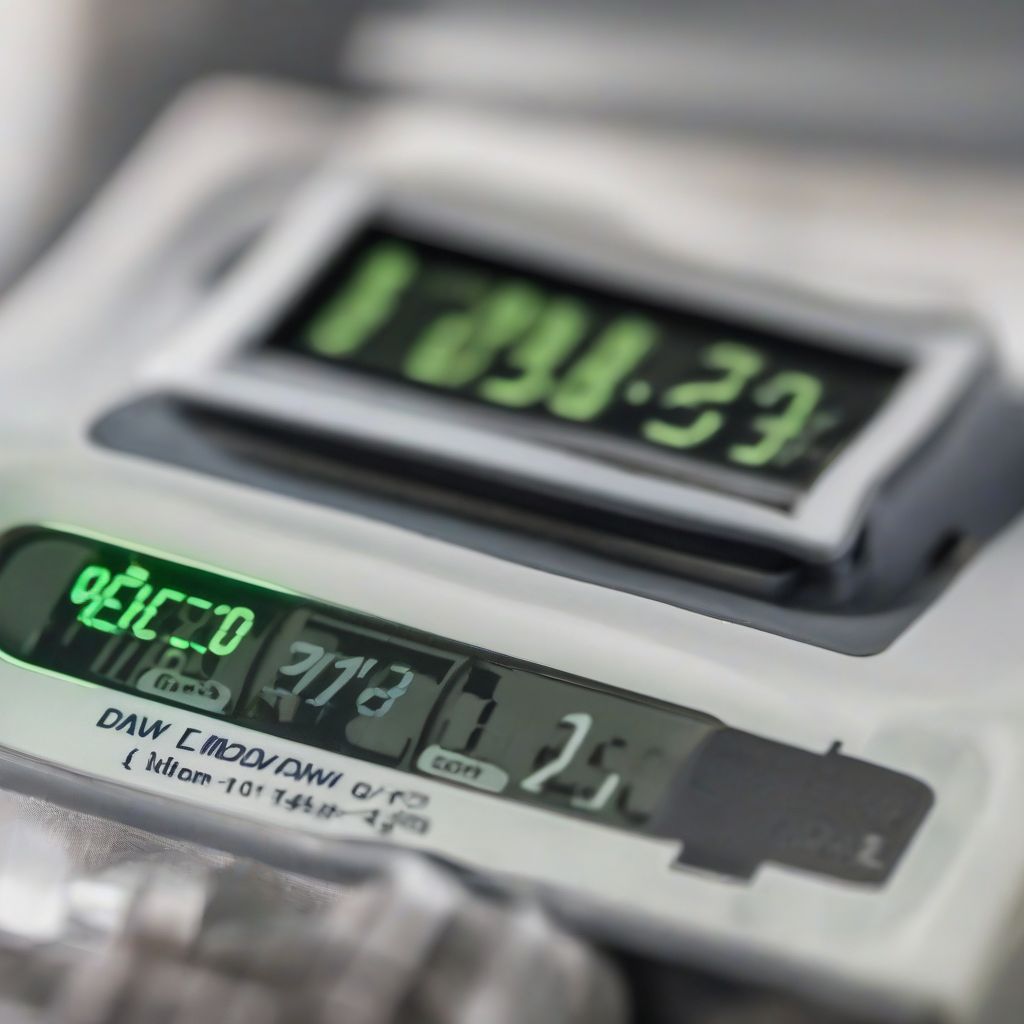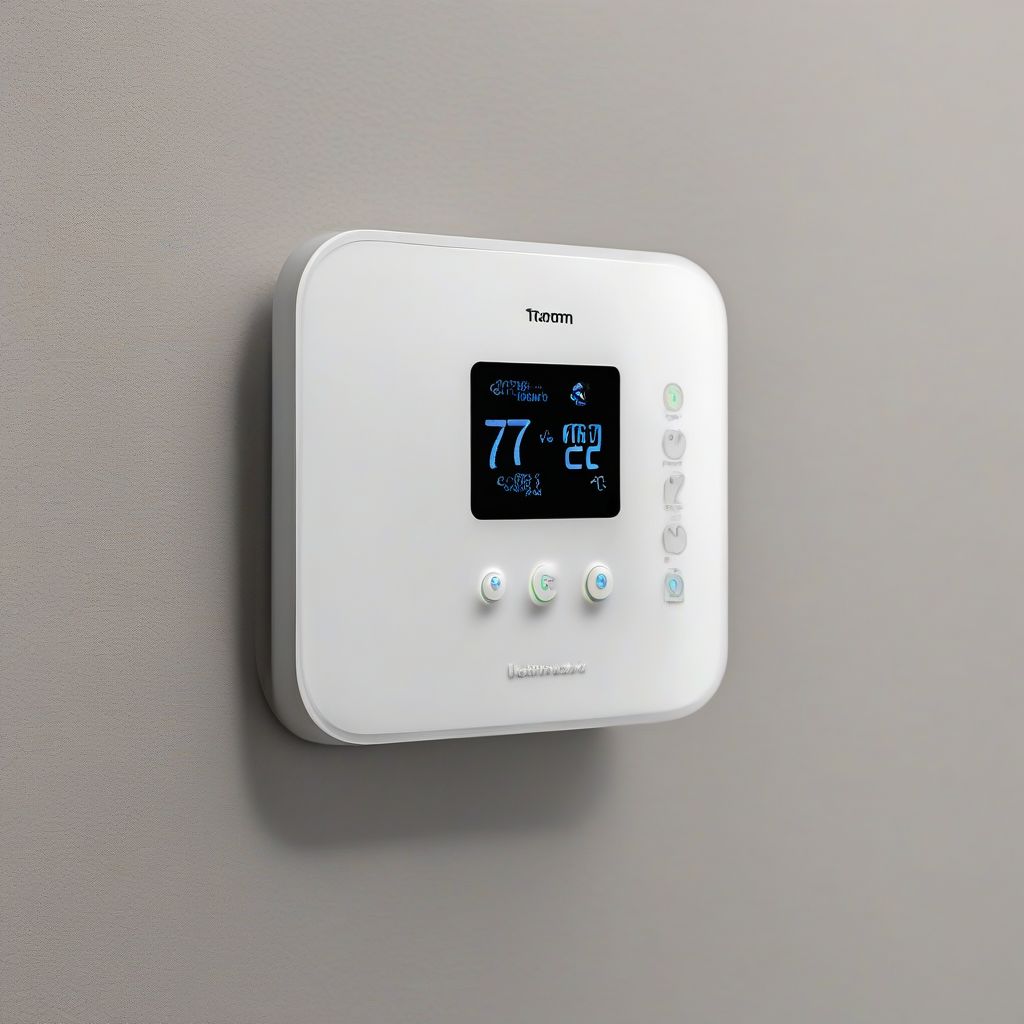Imagine this: you’re relaxing at home, enjoying the comfort of a perfectly climate-controlled environment. You glance at your phone and see that your energy usage is surprisingly low, giving you a sense of satisfaction and control over your household budget. This scenario is no longer a futuristic fantasy but a tangible reality thanks to the power of smart devices.
As a nutritionist and meal-prep coach, I understand the importance of efficient resource management. Just like tracking calories and macros, monitoring energy consumption empowers you to make informed decisions for a healthier and more sustainable lifestyle.
This article will delve into the world of smart devices and explore how they can revolutionize the way you monitor and manage your home’s energy usage.
Understanding the Power of Smart Home Energy Management
Smart home energy management involves using interconnected devices and technologies to gain deeper insights into your energy consumption patterns. This knowledge empowers you to optimize usage, reduce waste, and ultimately lower your energy bills.
The beauty of this system lies in its ability to provide real-time data and automate specific tasks, making energy management more accessible and convenient.
Essential Smart Devices for Energy Monitoring
1. Smart Meters: The Foundation of Energy Awareness
 Smart Meter
Smart Meter
Smart meters are the cornerstone of any smart home energy management system. Unlike traditional analog meters that provide a cumulative reading, smart meters track your electricity usage in real-time and transmit this data back to your utility company.
Benefits of Smart Meters:
- Detailed Energy Consumption Data: Access real-time insights into your energy usage patterns through websites or mobile apps.
- Accurate Billing: Say goodbye to estimated bills and potential billing disputes.
- Early Detection of Issues: Identify unusual energy consumption spikes that could indicate appliance malfunctions.
2. Smart Thermostats: Mastering Climate Control
 Smart Thermostat on Wall
Smart Thermostat on Wall
Heating and cooling account for a significant portion of a home’s total energy consumption. Smart thermostats offer a simple yet powerful way to optimize your HVAC system’s efficiency.
Features of Smart Thermostats:
- Learning Capabilities: They learn your temperature preferences and create customized schedules for optimal comfort and energy savings.
- Remote Control: Adjust your home’s temperature remotely through your smartphone, ensuring a comfortable environment upon your arrival.
- Geofencing: Automatically adjusts the temperature based on your location, turning down the heat or AC when you’re away.
3. Smart Plugs and Power Strips: Taking Control of Individual Appliances
Ever wonder how much energy your appliances consume when not in active use? Smart plugs and power strips provide the answer and grant you granular control over individual devices.
Benefits of Smart Plugs and Power Strips:
- Standby Power Elimination: Prevent “phantom energy” drain by scheduling appliances to turn off completely when not in use.
- Energy Consumption Monitoring: Track the energy usage of specific devices and identify potential energy hogs.
- Remote Control: Turn devices on or off remotely, adding an extra layer of convenience and security.
4. Smart Lighting: Illuminating Efficiency
Smart lighting goes beyond simple convenience, offering practical energy-saving benefits.
Features of Smart Lighting:
- Automated Scheduling: Set schedules to automatically turn lights on or off based on time of day or your presence.
- Dimming Capabilities: Adjust brightness levels to create the perfect ambiance while conserving energy.
- Motion Sensors: Integrate with motion sensors to turn lights on only when needed, preventing unnecessary energy waste.
Maximizing Energy Savings with Smart Devices
1. Leverage Data-Driven Insights:
The true power of smart devices lies in their ability to provide detailed energy consumption data. Regularly review your usage patterns through the accompanying apps or websites to identify areas for improvement.
2. Embrace Automation:
Set schedules, create customized rules, and take advantage of features like geofencing to automate energy-saving actions.
3. Stay Informed About Time-of-Use Rates:
Contact your utility company to inquire about time-of-use (TOU) rates. Smart devices can help you schedule energy-intensive tasks during off-peak hours when electricity rates are typically lower.
Conclusion
Just as we prioritize mindful eating for better health, adopting smart energy management practices is crucial for a more sustainable future.
Smart devices empower us to take control of our energy consumption, save money on our utility bills, and reduce our environmental impact.
Start exploring the world of smart home energy management today and embrace a brighter, more energy-efficient tomorrow.
What steps are you taking to manage your energy consumption? Share your thoughts and experiences in the comments below!
[amazon bestseller=”Smart Home Devices”]
